Graça Machel, Founder, Graça Machel Trust
The global family should be deeply troubled about the investments we are making in the young girls throughout the African continent. Africa has have committed to ensuring all girls and boys will have access to early childhood education and complete quality primary and secondary education by 2030. But our current investments place us far off track from the pathway we should be on.
As a member of the International Commission on Financing Global Education Opportunity, we found that by 2030, half of the worlds young people, including about 400 million girls, will not be on track to gain the basic skills needed for employment.
The challenge is astounding. In Sub-Saharan Africa, only two out of 35 countries have gender parity in education. While 75 percent of girls that live in Sub-Saharan Africa start school, only 8 percent finish secondary school. And while these statistics show us the scale of the challenge, what we fail to see is a growing trend that will exacerbate the lack of investment in girls’ education if we do not act fast: lack of finance.
Africa is a growing continent – in terms of population and economies. By 2030, 28 countries in Africa will have achieved lower-middle income status. While these countries will need to do even more to invest in their young people, including betters ways of mobilizing domestic tax revenue to pay for health and education services, an education financing crisis will tax root, undermining hopes of growth and prosperity.
The tax revenue of these countries is not expected to increase quickly enough to finance the expansion and upgrades that their education systems will desperately need. International aid will continue to be important, but these countries will no longer quality qualify for many of the grants and low-interest, or interest-free loans to finance education they once enjoyed as low-income countries. These countries will become a “missing middle”: home to the bulk of young girls worldwide and facing a reality where resources are not available for continued investment in education.
With a financing gap estimated at billions of dollars, an intergenerational crisis will persist. That is why the innovation of the International Finance Facility for Education which has been put forward by the Education Commission is so important. It will allow eligible lower-middle-income countries to invest up front in education to address some of the most urgent needs — especially for young women and girls — and ensure that the lives of children are much brighter tomorrow.
In the health sector, we used a similar innovation years ago to finance vaccines. The International Finance Facility for Immunization was set up to provide front-loaded financing for GAVI, the vaccine alliance. Together, billions of dollars in funding was mobilized which allowed us to vaccinate over 640 million children and save more than 9 million lives.
Now, bold action to advance financial innovations in education is needed. If we can realize the progress our Commission envisions in global education, GDP per capita in low-income countries will be almost 70 percent higher by 2050 than if current trends continued. A dollar invested in an additional year of schooling, particularly for girls, will generate earnings and health benefits of nearly $4 in lower-middle income countries.
And most importantly, young girls throughout Africa and the world will have opportunities and be better prepared for the labour market of the future, ready to become the next productive generation ready to make our continent and world a better place. It is imperative for the international community to come behind the International Finance Facility for Education if we truly believe in the promises we make to children.



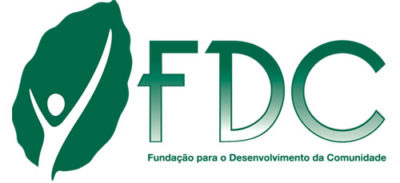

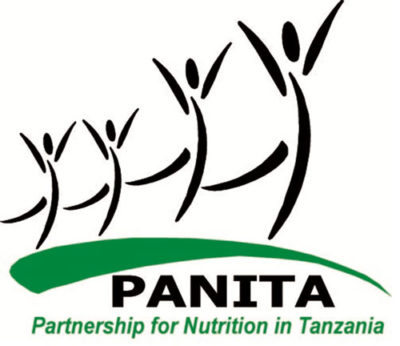
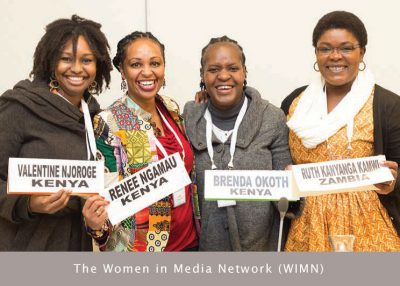
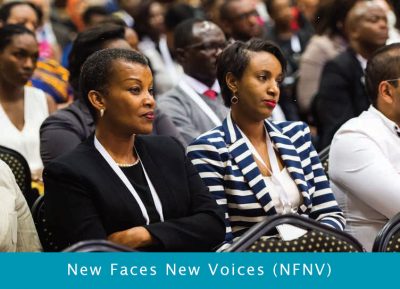
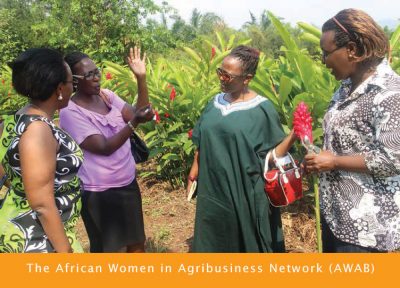
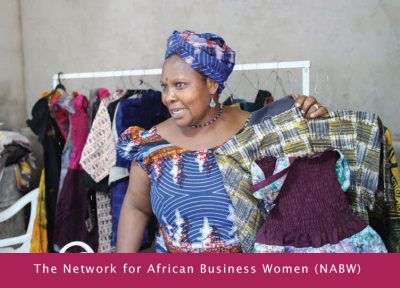
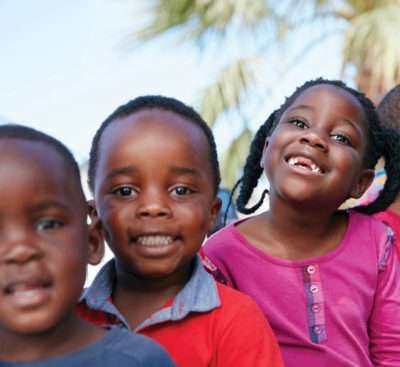 The Trust supports and mobilises civil society networks on issues of ending child marriage, ending violence against children, ending female genital mutilation and promoting children’s rights, to carry out advocacy and action across Africa. Special focus is placed on Malawi, Mozambique, Tanzania and Zambia where child marriage continues to be a problem largely driven by poverty, gender inequality, harmful traditional practices, conflict, low levels of literacy, limited opportunities for girls and weak or non-existent protective and preventive legal frameworks.
The Trust supports and mobilises civil society networks on issues of ending child marriage, ending violence against children, ending female genital mutilation and promoting children’s rights, to carry out advocacy and action across Africa. Special focus is placed on Malawi, Mozambique, Tanzania and Zambia where child marriage continues to be a problem largely driven by poverty, gender inequality, harmful traditional practices, conflict, low levels of literacy, limited opportunities for girls and weak or non-existent protective and preventive legal frameworks.




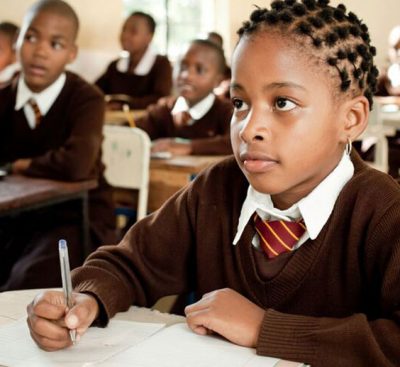 Education is a fundamental right for all children, which is also a vehicle for social, economic and political transformation in communities, countries and the African continent at large. Recent studies indicate a lack of progress in some of the critical commitments aimed at improving education quality, access, retention and achievement, particularly for girls. In most African countries, girls may face barriers to learning, especially when they reach post-primary levels of education. By implementing multi-dimensional approaches to education which includes core education, personal development, life skills and economic competencies, the Trust partners with funding partners, governments, civil societies and the private sector to improve education access.
Education is a fundamental right for all children, which is also a vehicle for social, economic and political transformation in communities, countries and the African continent at large. Recent studies indicate a lack of progress in some of the critical commitments aimed at improving education quality, access, retention and achievement, particularly for girls. In most African countries, girls may face barriers to learning, especially when they reach post-primary levels of education. By implementing multi-dimensional approaches to education which includes core education, personal development, life skills and economic competencies, the Trust partners with funding partners, governments, civil societies and the private sector to improve education access.

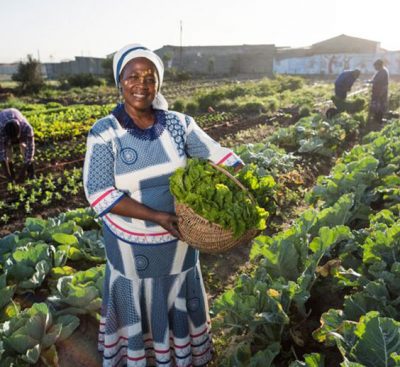 The Nutrition and Reproductive, Maternal, New-born, Child and Adolescent Health and Nutrition, (RMNCAH+N) of the Children’s Rights and Development Programme aims at promoting the Global Strategy for women, children and adolescents’ health within the Sustainable Development Goals (SDG) agenda. The strategy emphasises on the importance of effective country leadership as a common factor across countries making progress in improving the health of women, children and adolescents.
The Nutrition and Reproductive, Maternal, New-born, Child and Adolescent Health and Nutrition, (RMNCAH+N) of the Children’s Rights and Development Programme aims at promoting the Global Strategy for women, children and adolescents’ health within the Sustainable Development Goals (SDG) agenda. The strategy emphasises on the importance of effective country leadership as a common factor across countries making progress in improving the health of women, children and adolescents. Through its Early Childhood Development (ECD) plan, The Trust will seek to put into action the new science and evidence Report that was presented by Lancet Series on Good and early development – the right of every child. This will be achieved by mobilising like-minded partners to contribute in the new science and evidence to reach all young children with ECD. The Trust’s goal is to be a catalyst for doing things differently, in particular, to rid fragmentation and lack of coordination across ECD sectors. In response to evidence showing the importance of political will in turning the tide against the current poor access and quality of ECD. Even before conception, starting with a mother’s health and social economic conditions, the early years of a child’s life form a fundamental foundation that determines whether a child will survive and thrive optimally.
Through its Early Childhood Development (ECD) plan, The Trust will seek to put into action the new science and evidence Report that was presented by Lancet Series on Good and early development – the right of every child. This will be achieved by mobilising like-minded partners to contribute in the new science and evidence to reach all young children with ECD. The Trust’s goal is to be a catalyst for doing things differently, in particular, to rid fragmentation and lack of coordination across ECD sectors. In response to evidence showing the importance of political will in turning the tide against the current poor access and quality of ECD. Even before conception, starting with a mother’s health and social economic conditions, the early years of a child’s life form a fundamental foundation that determines whether a child will survive and thrive optimally.